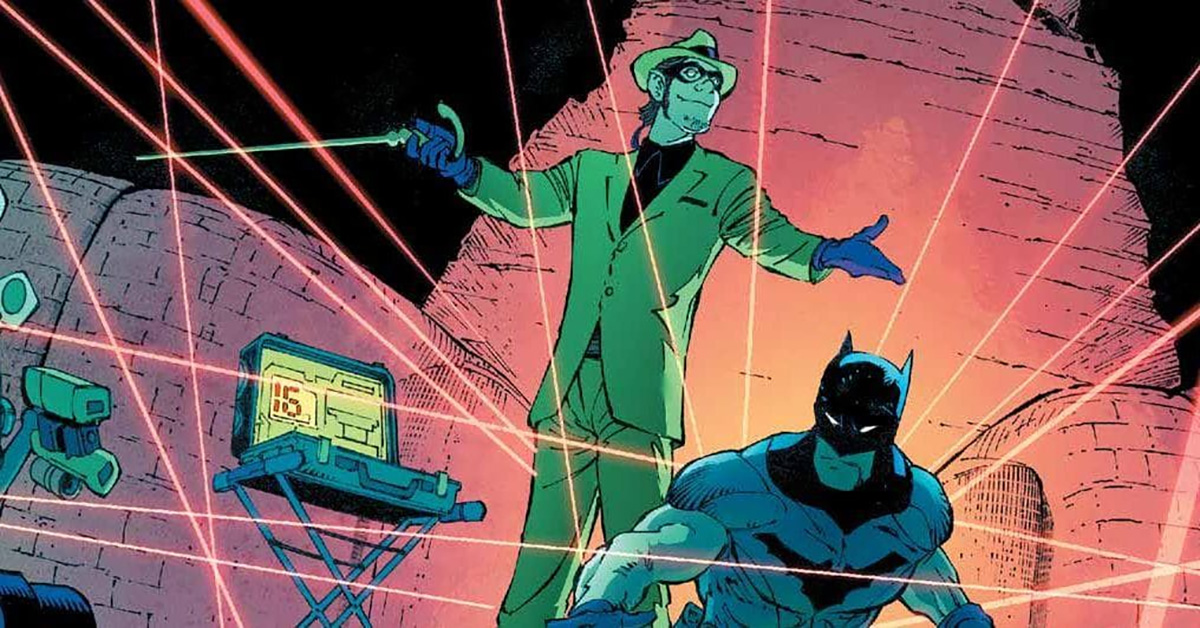The Riddler has risen back to the top-tier of Batman’s enemies thanks to his devastating turn in The Batman. Forget the green jumpsuit, even without his character’s iconic costume Paul Dano gives us a Riddler unlike any version audiences have seen before. Ready-made for the digital age, his overcoat, fully masked Riddler merges real-life serial killers with dark web conspiracies to create an unforgettable villain.
It seems a world away from the more familiar image of the malicious puzzler. But Jim Carrey’s hyper take on the character in 1995’s Batman Forever was several question marks short of Frank Gorshin’s dangerously manic — and Emmy nominated — turn in the 1960s Batman TV show, despite their shared love of a jumpsuit.
Gorshin’s portrayal was deceptively manic, simultaneously nuanced, frightening, and over-the-top. He easily slotted into the top-tier criminals of the 1960s and was arguably the show’s most unsettling villain. That performance came just after Riddler had reasserted himself as a Silver Age villain in the Detective Comics title. His first episode, “Hi Diddle Riddle,” was adapted from the character’s first story in 17 years, Remarkable Ruse of the Riddler. It was also the story chosen to start the series in 1966. It was almost like Riddler was waiting for the Silver Age of Comics to make a splash.
But Riddler doesn’t just challenge Batman and the Boy Wonder. He leaves writers scratching their heads too. Explaining Riddler’s sporadic appearances in Batman: The Animated Series, Paul Dini awarded him the title of most difficult villain to write. As a rogue more interested in demonstrating his mental prowess than pursuing wealth or violence, his scripts required compelling riddles and well-thought-through plots.

We do know one writer eager to take on the challenge. DC Comics has just announced Riddler: Year One, written by the latest big-screen Riddler, Paul Dano. Acting as a prequel to The Batman, the series will explain how Edward Nashton went from a Gotham City accountant to a serial killer and one of the new Batman’s earliest nemeses. The six-issue limited series arrives in October. Maybe Dano’s anorak-wearing, mask-covered serial killer isn’t a stretch given his unpredictable comic career.
We could be entering a peak period for the Prince of Puzzles. If you’re looking to catch up on E. Nygma’s earlier exploits, you don’t need to decipher any code. Just ask the question: Which comic arcs featuring Riddler should be on your reading list?
Riddler’s first appearance (Detective Comics #140)
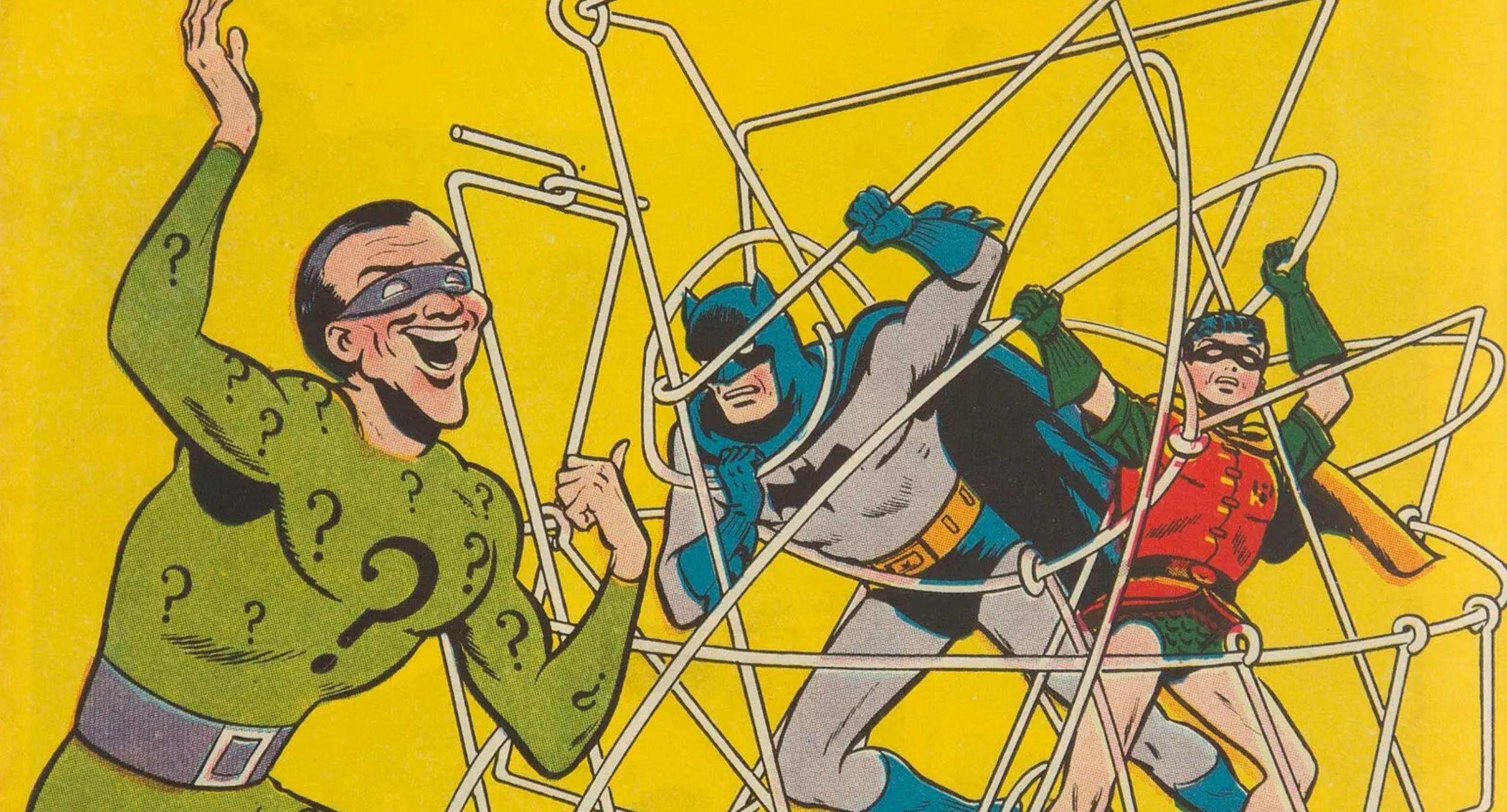
Riddler’s about a decade younger than Batman in publishing terms, arriving in October 1948. He may have been late to the Golden Age, but he came with a ready-made origin. Eddie Nigma (the original spelling) became obsessed with puzzles growing up, honing his gift for riddle-solving by working at a carnival. Nigma saw a challenge in Gotham’s Caped Crusader, adopting the name Riddler and turning to crime to test Batman and Robin with some fiendish puzzles. Riddler was enough of a hit to earn a rapid sequel. But after two appearances, he disappeared for seventeen years. He may have come into his own in the Silver Age, but it’s worth catching up with his Golden Age debut.
Batman: Hush (Batman Vol. 1 #608 – 619)
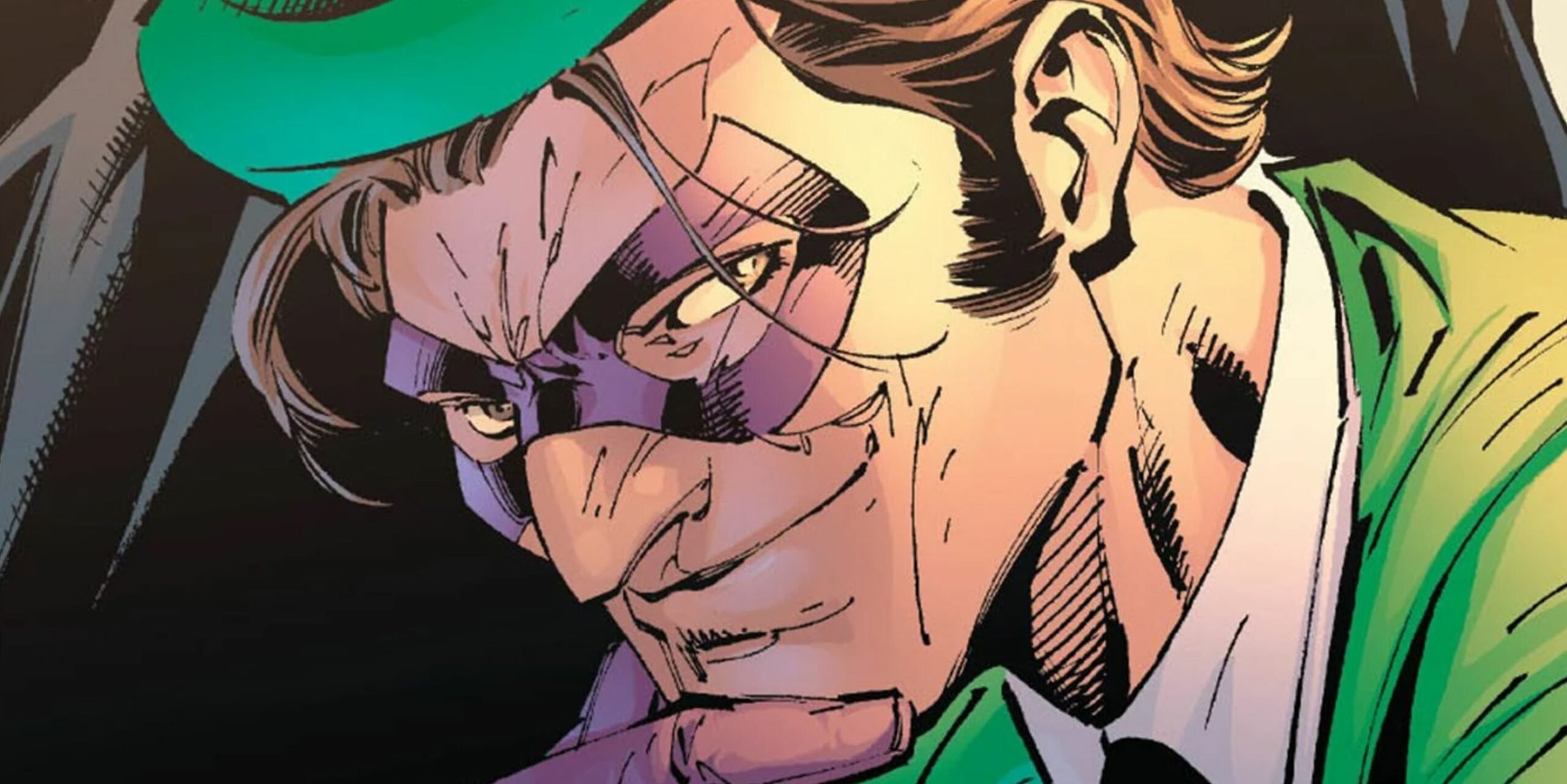
Jeph Loeb and Jim Lee’s Batman collaboration was an epic of big ideas, story, and art.
It introduced an enduring deadly new villain to Gotham in Hush and handed set-piece moments to some of Gotham’s classic rogues. Riddler’s journey is the most fascinating, as he flexes his strategic skills to manipulate Batman in ways not seen since Bane broke the Bat in Knightfall.
Across this 12-part storyline, Batman contends with high-profile foes targeting him in unusually effective ways, including Killer Croc, Harley Quinn, Joker, Scarecrow, and Clayface. Poison Ivy even seduces Superman to fight his friend. If Hush is pulling the strings, where did he gain such dangerous knowledge? Worse yet, could Riddler have finally learned the Dark Knight’s true identity? The Gotham puzzler has seldom slotted into the broader fabric of the DC Universe so well.
E. Nygma, Consulting Detective (Detective Comics #822)

The fallout from Hush spread across multiple titles as the consequences of his actions caught up with Riddler, ending up with him in a coma for a year. When he woke up, Edward Nygma was a changed man.
Harley Quinn co-creator Paul Dini reformed Riddler during his Detective Comics run (with stunning covers from Simone Bianchi), creating a new persona that, if anything, was more smugly irritating than before. Assisting Batman in several cases, whether the Dark Knight wanted him to or not, Riddler may have been cured of his insanity, but his massive ego remained. The puzzler’s new leaf reached into DC’s Countdown event and Batman #692.
Batman: Dark Knight, Dark City (Batman Vol. 1 #452)
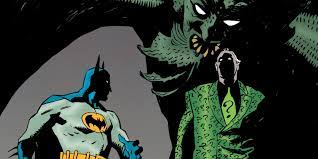
Peter Milligan, a master of rejuvenating DC characters, brought a new menace to Gotham. His three-part tale was intended to bridge the gap between Marv Wolfman and Alan Grant’s runs on the title while it was riding on the blockbuster success of Batman the year before. But Milligan’s arc was more than just a filler.
It introduced a supernatural edge to Batman’s tragic origins — elements that would be later reworked into continuity by Grant Morrison’s seven-year run — and brought out the darker side in Riddler. This time, old Gotham rituals inspire him to set Batman and Jim Gordon on the path of a deadly series of challenges. He may not understand the power he’s unleashed, but this more extreme, homicidal, and vicious version of the character was a glimpse at what could be.
Batman: Year Zero (Batman Vol. 2 #29)
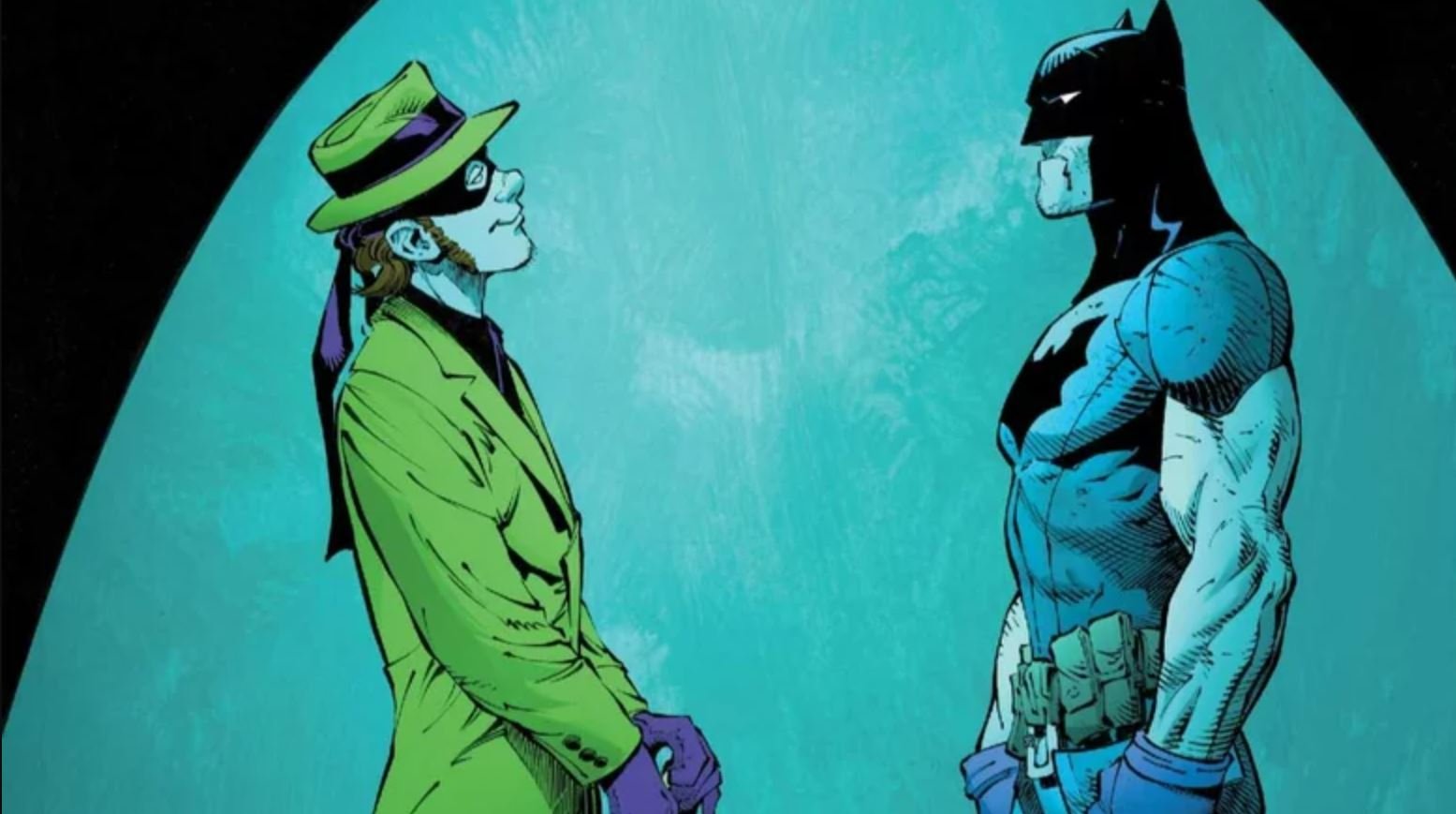
A major event of DC’s New 52, this storyline reset the clock to the early days of the superhero era, with Batman at its center. Scott Snyder and Greg Capullo successfully and respectfully redefined the Dark Knight’s origins and compellingly reframed some classic villains. They brought back Batman’s first foe, Dr. Death, and refreshed links between the classic Red Hood and Joker. But it was Riddler who emerged with a new menace.
Introduced as the cocky young strategist employed by Bruce Wayne’s uncle, Edward Nygma took on the name Riddler, devastated Gotham City with a flood, and took control. It was an epic story that reasserted the villain as deadly, powerful, and relevant as well as significantly influenced 2022’s The Batman.
Batman: King Tut’s Tomb (Batman Confidential #26)
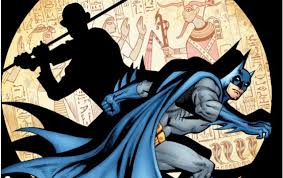
Published in the spring of 2009 in Batman Confidential, this is a short mystery that pairs up Batman and Riddler once again. On its face, King Tut’s Tomb seems like a 60s throwback, but the introduction and updating of the TV villain King Tut to modern DC continuity is a fine detective romp. What beats the excellent plotting and artwork is the enjoyable dynamic between Riddler and an unconvinced Dark Knight.
Batman: Earth One
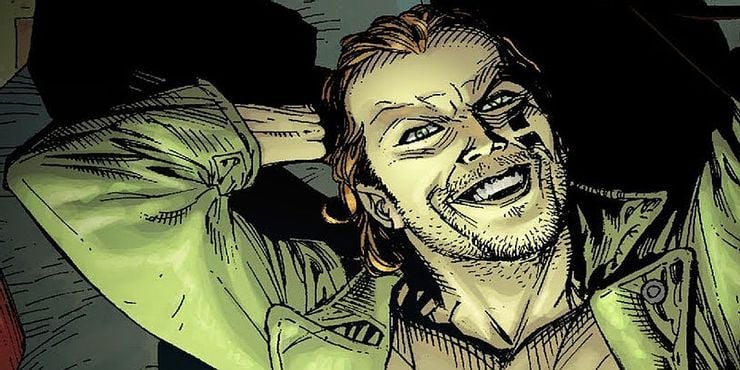
The Earth One imprint formed self-contained graphic novels, offering more realistic origins and adventures for DC’s top-tier and devastating arcs. That meant the stakes were higher, and no one was safe. Enter a more dangerous Riddler than we’ve ever seen before and one that will be familiar to anyone who’s seen The Batman.
In the second volume of Earth One, a nameless serial killer emerges, calling himself the Riddler. His murders seem targeted to attract Batman’s attention. Bombing campaigns and murder mean nothing to a version whose real obsession is solving the ‘ultimate riddle’: what happens after death.
Batman: Riddle Me That (Batman: Legends of the Dark Knight #185 – 189)
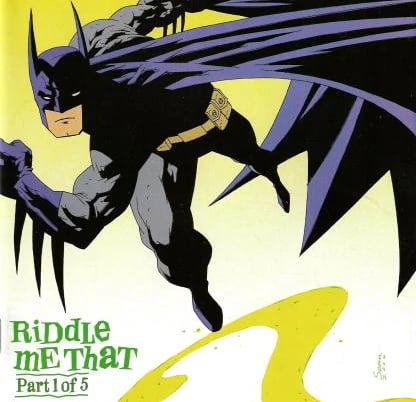
Another story arc that tried to solve Riddler’s long-running contradiction – is he a joke villain or an unhinged master strategist?
Shane McCarthy and Tommy Castillo raised Riddler’s threat level in this five-part tale, redefining his motivations as a desperate and dangerous compulsion to outsmart Batman. Any crimes committed on the way are incidental, including murder. It was easy to miss this arc in the run-in to DC’s epic Infinite Crisis, but it’s well worth tracking down.
The War of Jokes and Riddles (Batman Vol. 3 #25)
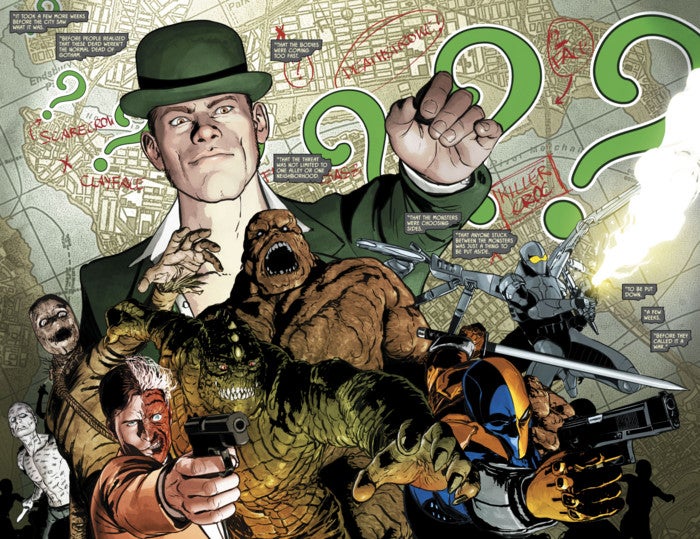
A few volumes into Tom King’s Batman run and there is another callback to the Dark Knight’s early days, framed by Bruce Wayne’s growing relationship with Selina Kyle. There’s something irresistible about those fresh puzzling days. King finds an intriguingly high-concept way to advance Riddler on the ladder of Gotham villains, helped by Mikel Janin’s stunning art. When Riddler and Joker — who’s lost his sense of humor — fall out, the criminals of Gotham are forced to choose a side.
The War of Jokes and Riddles cast a new light on familiar characters, including Batman, while adding a welcome depth to the Gotham timeline. Was Joker warming up? Did Riddler’s power diminish over time? Either way, both show their true colors in violent, twisted, and blackly comic ways. A stunning and fresh tale that stands out in Tom King’s sometimes controversial run. Vital Riddler reading.
Riddler: Year One, written by Paul Dano with art by Stevan Subic, will arrive in comic book stores this October.

